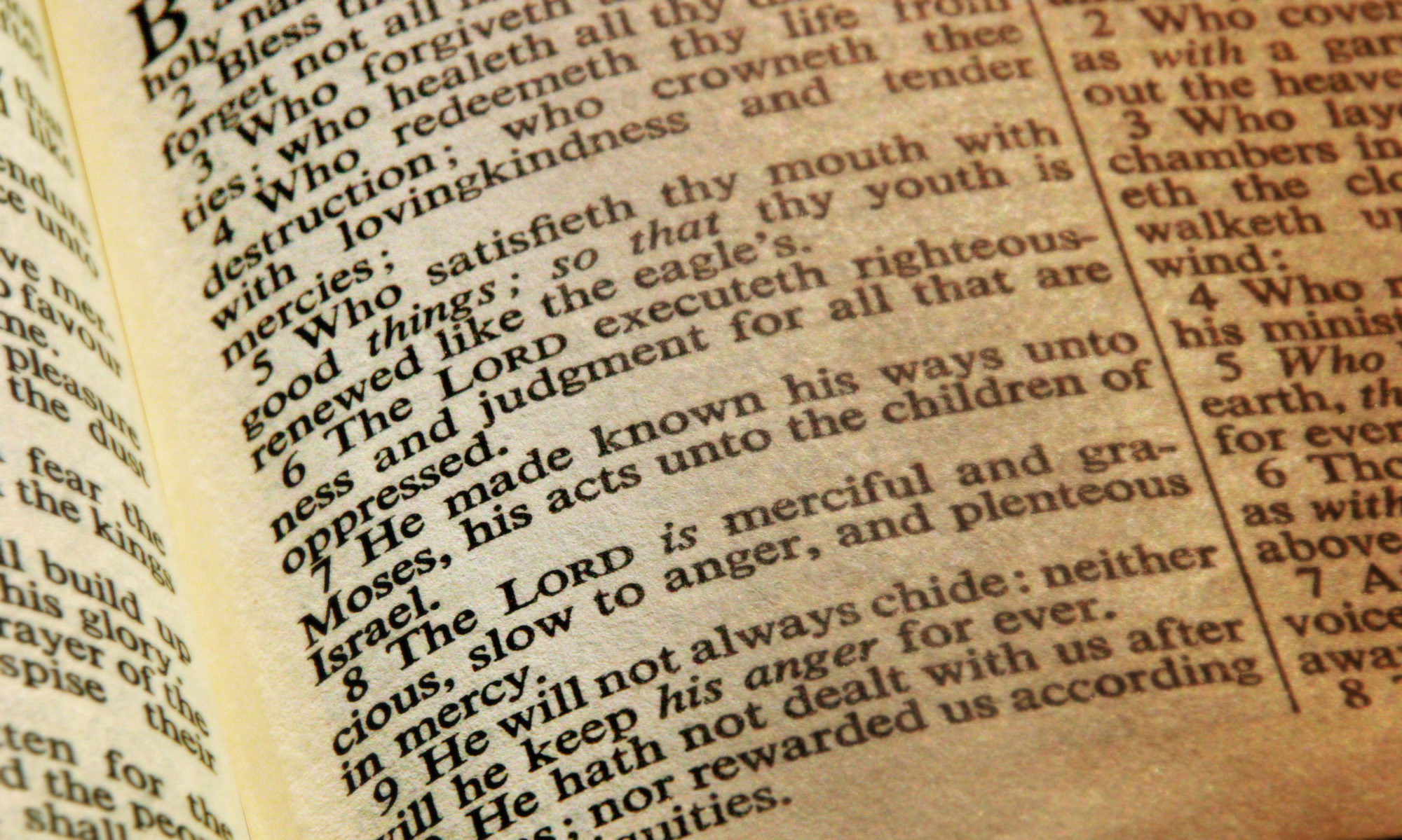The gospel of John is in part built around seven signs of Jesus’ divine identity, starting with water into wine and culminating with the resurrection of Lazarus. Each of these signs is followed by a reaction from the religious leaders.
- Turning water into wine (John 2:1-11)
- Healing a royal official’s son (John 4:46-54)7
- Healing at the pool of Bethesda (John 5:1-15)
- Feeding the 5,000 (John 6:1-15)
- Walking on water (John 6:16-21)
- Healing a man born blind (John 9:1-12)
- Raising Lazarus from the dead (John 11:1-45)
The final sign is the story of Lazarus – Jesus goes to Bethany despite the threats to his life by the Pharisees, doubts from his followers and the stench of death, raises Lazarus from the dead.
In this story we have a counterpoint to that stench of death, with the fragrant nard that Mary anoints his feet with.

A variation of this story is told in each gospel, but the details of each are very different – different places, different people’s houses, different parts of Jesus anointed and different objections and objectors.
Zeroing in on this story, though, we have Mary, anointing Jesus’ feet in gratitude for raising her brother from the dead, while also, unknowingly, preparing Jesus for his own burial. It also calls ahead to Jesus washing the disciples’ feet at the Last Supper, a story only in John. It may even be that Jesus was inspired by Mary in this action.
All of this demonstrates the humility Jesus modeled and calls us to – “Now that I, your Lord and Teacher, have washed your feet, you also should wash one another’s feet. I have set you an example that you should do as I have done for you.”
Mary’s act, in some ways a contrast, is extraordinarily lavish – the perfume she uses, we are told, is worth a year’s wages. It gives us an insight into the economics of the region and era, and also confirms that Judas’ objection is reasonable, as far as it goes.
Judas is tapping into a biblical truth about care for the poor. Think of all the meals and shelter that could be provided by a year’s wages. But of course, we know from the passage that Judas was really just a grifter – in reality, he just wanted access to the money for himself.
It is easy for us to use scripture to seek things that benefit ourselves – ironically, this very passage is used in exactly this way, with people pretending to biblical values but only for their own ends. “The poor you will always have with you” is not a license to ignore the hundreds of scriptures calling us to care for the poor. It is specifically in contrast to the unique opportunity Mary has to lavishly serve her messiah in the flesh. We know from Matthew 25 how we are to do the same thing today – “whatever you did for one of the least of these brothers and sisters of mine, you did for me.”
The lavishness of Mary’s action also echoes the lavishness of Jesus’ own sacrifice. Mary gave something priceless for Jesus’ dirty feet – Jesus gave his own priceless life for our dirty souls. We are called to do the same for the weak and poor and oppressed all around us. And not the bare minimum, but the best – spam cooked in the finest wine.

This is the core of Jesus’ command – “love each other as I have loved you.” We can be soft hearted and compassionate, we can serve and give regardless of what is happening in the world – because Jesus went before us and built us a firm foundation with his example and his sacrifice.
— Sermon Notes, Dave Sim, Renew Church, Lynnwood WA, April 6, 2025
Images by midjourney

